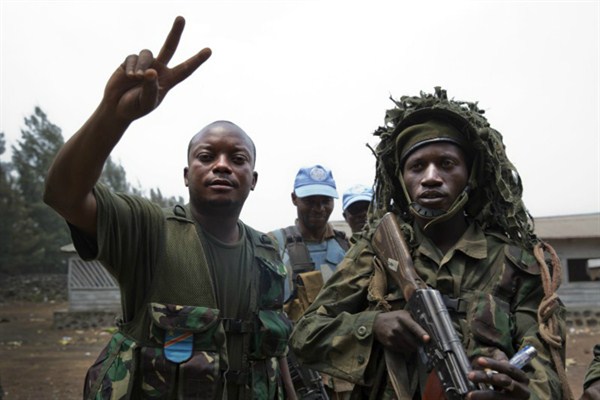The Democratic Republic of Congo has changed.
Five years ago, the country’s eastern provinces were entering a second decade of low-intensity violence marked by the proliferation of armed groups perpetrating atrocities that had enveloped the region since the collapse of the Zairian state in 1996-1997. The ineffective, grossly undersized United Nations peacekeeping mission struggled to keep track of the chaos around it, and diplomatic efforts to address the conflict had little impact. The national army, known as the Armed Forces of the Democratic Republic of Congo (FARDC), was useless at best and actively harmed the population at worst. When rebels from Gen. Laurent Nkunda’s militia, the National Congress for the Defense of the People (CNDP), advanced on Goma in late 2008, FARDC forces broke ranks and terrorized the city’s population for days, raping countless women and girls, looting private property and destroying homes and businesses. Many observers at the time suggested that the FARDC was responsible for as many or more human rights violations as the rest of the DRC’s armed groups combined.
Today, the eastern DRC is still plagued by armed groups operating outside of the state’s authority, but the situation is improving, and most longtime observers are hopeful about the prospects for the future. The country still has a long road ahead, but engagement by international and regional actors has put peace—and much-needed economic and political development that depend on a secure and stable environment—within reach.

